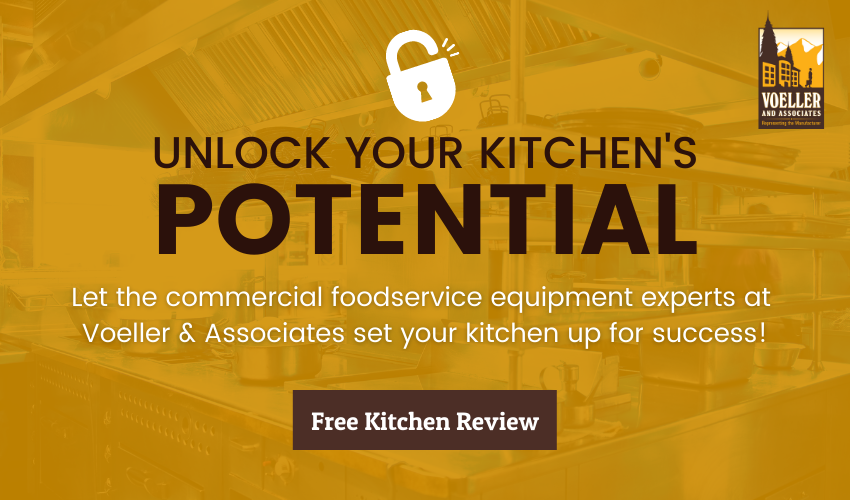A walk-in cooler is a significant but necessary investment for a commercial kitchen. When walk-in coolers are cared for properly, they will last for many years. However, a walk-in cooler does require some amount of maintenance and care as they can be some of the biggest energy consumers in the kitchen and are responsible for storing profitable ingredients. If operators focus on proper maintenance from the very beginning, a walk-in cooler or freezer will be well-maintained and will last for a very long time.
Why Refrigeration Is An Investment
Commercial kitchens contain many types of foodservice equipment, but walk-in refrigeration can consume some of the most energy. According to the U.S. Energy Information Administration, refrigeration uses most of the electricity in commercial kitchens, at an average of 44%.
One main reason for this is the constant opening and closing of walk-in doors in commercial and institutional foodservice settings. Plus, units are often in close proximity to other types of foodservice equipment such as ranges and ovens, equipment that are main sources of heat in kitchens that can compete with units that are trying to make things cooler. Add all of these things together with maintenance and service, and it's easy to see why walk-in coolers can consume valuable resources.
The True Cost of Refrigeration Ownership
There are several factors that impact the cost of refrigeration. A few of the items that affect the price of refrigeration include energy, service, downtime, food spoiling, replacement, removal, and installation. While businesses may be able to decrease the amount of energy consumed, they can't control the cost of energy itself. Plus, there are other costs that cannot be controlled including labor and parts, both of which are increasing. When refrigerators are more reliable, they can help reduce the amount of food that spoils.
How to Properly Clean and Maintain Your Walk-In
There are a number of ways to clean and maintain a walk-in cooler so that it continues to function well for years. First, commercial kitchens should clean the condenser coil regularly and keep the evaporator coil clean. Second, they should inspect the door gaskets regularly to ensure they seal. To ensure proper operation of a walk-in cooler, a kitchen should make sure the door is closed when not being used. Third, kitchens should check the fan motors to ensure they run at optimal speeds. Finally, a service technician should check the electrical connections to verify they are tight on a regular basis.
Intro to Utility Refrigeration
While maintaining walk-in coolers and refrigerators is critical for maximum output and performance, choosing the right manufacturers is also important. Utility Refrigerators have more standard features than any other product line, but the true value is in Utility's innovative design.
Most coolers use capillary systems, which don’t effectively bring temperatures down. The heart of Utility refrigerator is their receiver tank and expansion valve. This allows their system to draw refrigerant into the system during peak loads, and pull temps down much faster. Receiver tanks also allow a service technician to pull refrigerant into the tank for service work. This saves operators from paying to recycle their refrigerant, and also then paying the technician to replace it. These are just a few ways that Utility goes above and beyond to provide maintenance on their equipment and extend the service life of the refrigerator by 10- 20 years.
Utility is a family-operated business serving the foodservice industry. They take pride in always focusing on specific customers’ needs and providing superior customer service. They are committed to providing the highest quality products at a competitive price. Utility is constantly looking for new ways to meet the needs of commercial kitchens.
.png)
